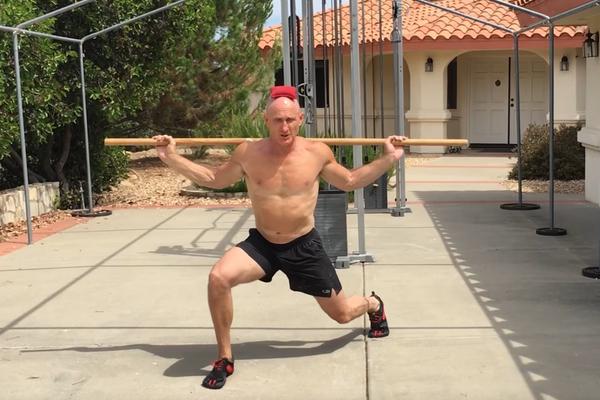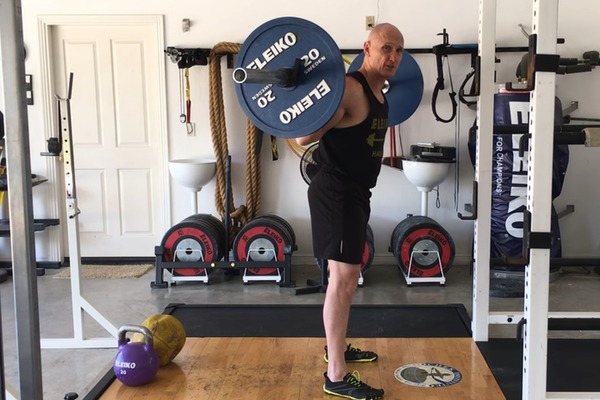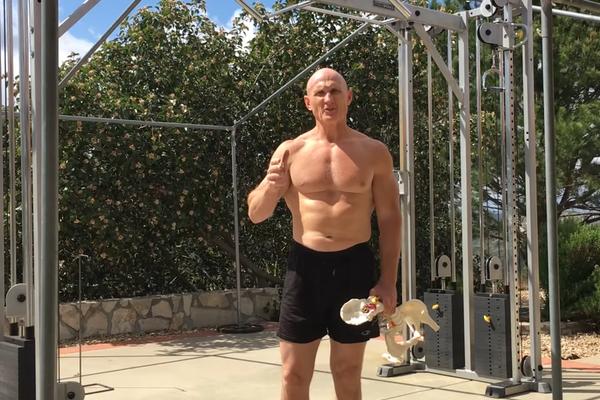The Multi-Directional Lunge
by Paul Chek

Need an exercise versatile enough to help your clients in a rehab setting or work on their high-performance conditioning?
My video demonstrates how to perform the multi-directional lunge, an exercise I developed many years ago. I created it to help my clients improve their agility, protect them from injuries to their groin and hamstrings, prevent hip and low back problems, stabilize their knees and develop their muscles all around the hip joint.
This exercise can really help athletes who play sports that force them to change directions a lot (football, rugby, basketball, soccer, tennis).
The multi-directional lunge is such an important exercise for both high-performance and rehab clients that I recommend starting with their own body weight (no weights!) and mastering the technique before moving forward, even for athletes who are strong and fit.
Why? If your basic technique isn’t good, you’ll drive faulty movement patterns deeper and deeper into the nervous system which makes them very hard to correct.
Besides a wooden rod and having enough room on the floor in your workout area so you can divide the space into quadrants — improving balance, coordination, agility and structural alignment — I recommend learning and teaching this exercise while balancing a 5-pound neoprene divers weight on your head.
This simple tip enhances proprioception and tells you how you’re doing with your alignment in space.
If you learn this exercise with forward head posture and a rounded back, your brain will always think that’s where your positioning should be because it’s one of strength. If your position of strength is solid and dynamic, you’re less likely to hurt yourself.
Make this exercise more challenging by increasing the number of reps per station, adding weight or increasing the speed. You can limit the exercise to just a few patterns or use it merely as a corrective exercise and focus on weaker areas.
The goal should be to perform at least three good reps in each position with good form using body weight only before progressing to three sets with 60-90 seconds rest after each set.
Learn a lot more about these kinds of movements in my Golf Biomechanics Manual and Strong ‘N’ Stable and Gym Instructor video series.
Love and chi,
Paul


